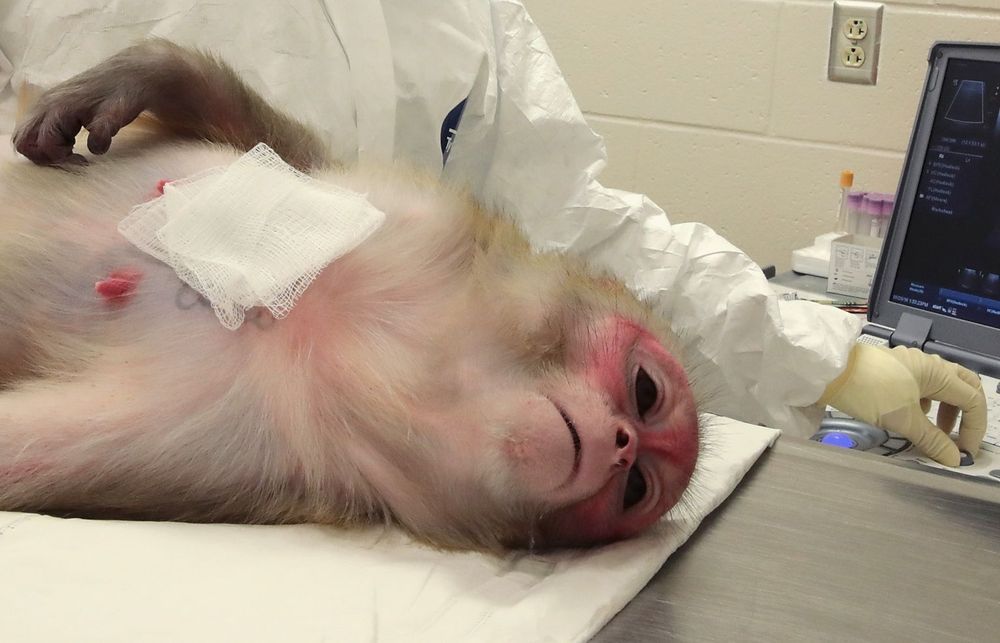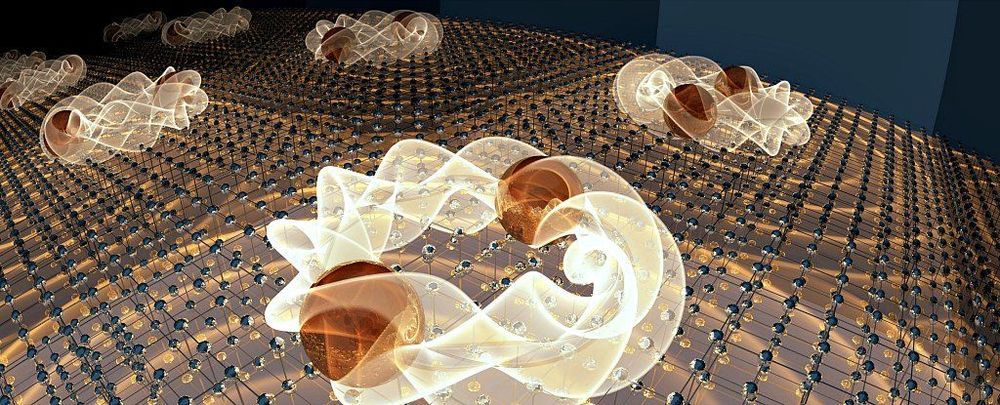Scientists in China implant human genes into brains of the rhesus macaque monkey, in a move described by some as an “ethical nightmare.”






Can water reach minus 263 degrees Celsius without turning into ice? Yes it can, say researchers from ETH Zurich and the University of Zurich, if it is confined in nanometre-scale lipid channels.
Making ice cubes is a simple process: you take a plastic ice-cube tray like you’d find in most households, fill it with water and put it in the freezer. Before long, the water crystallises and turns to ice.
If you were to analyse the structure of ice crystals, you’d see that the water molecules are arranged in regular 3-dimensional lattice structures. In water, by contrast, the molecules are unorganised, which is the reason that water flows.

One of the ultimate goals of modern physics is to unlock the power of superconductivity, where electricity flows with zero resistance at room temperature.
Progress has been slow, but in 2018, physicists have made an unexpected breakthrough. They discovered a superconductor that works in a way no one’s ever seen before — and it opens the door to a whole world of possibilities not considered until now.
In other words, they identified a brand new type of superconductivity.
When we talk about the enormity of the cosmos 💫, it’s easy to toss out big numbers – but far more difficult to wrap our minds around just how large, how far, and how numerous celestial bodies really are. Join us for a cosmic journey to see the size of our Milky Way galaxy: https://go.nasa.gov/2UxkHIN
Today, the Campaign to Stop Killer Robots is following a similar roadmap. The UN has held several rounds of talks in Geneva, including a session at the end of March. But the CSKR has lost faith in that process, and is now focusing on individual western states.
Jody Williams and Mary Wareham were leading lights in the campaign to ban landmines. Now they have autonomous weapons in their sights.